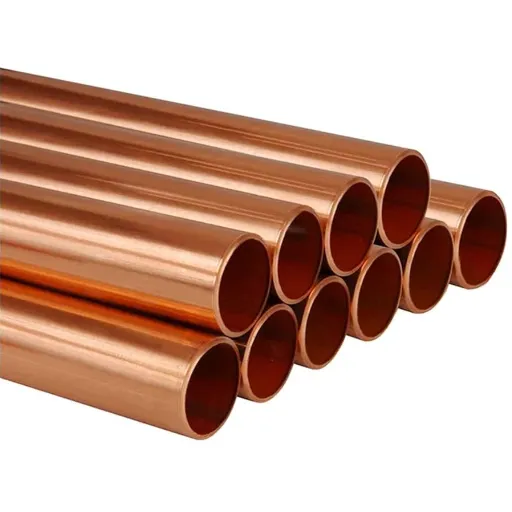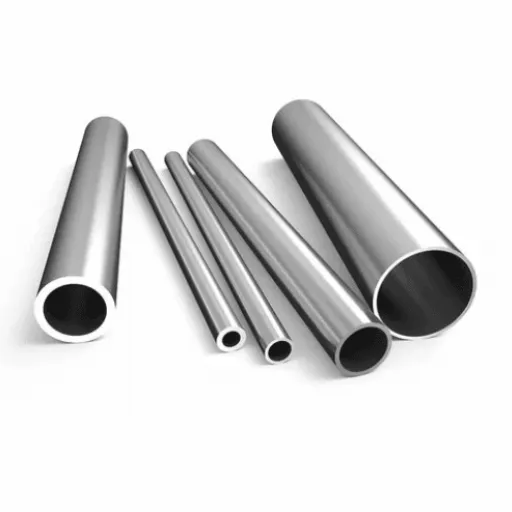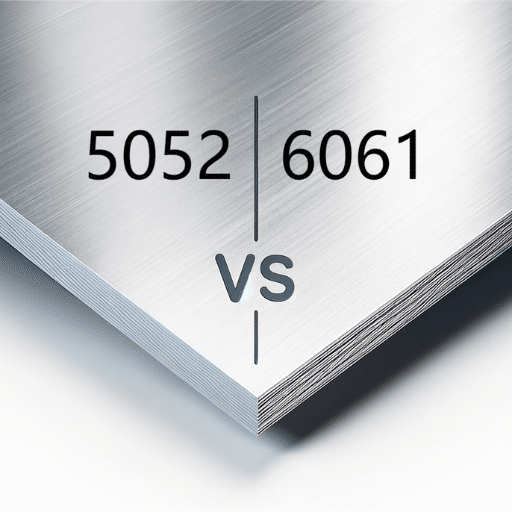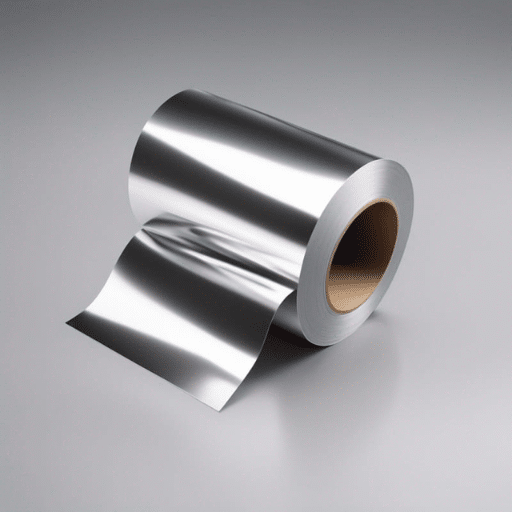Quick Answer: Alloy steel can be either magnetic or non-magnetic, depending on its composition and structure. The presence of iron, nickel, and cobalt influences magnetic properties, while high levels of chromium or manganese can reduce magnetism.
Alloy steel is an adaptable and widely employed material, but a common question among engineers, manufacturers, and inquisitive minds is: Is alloy steel magnetic? The answer is not straightforward—it depends on the composition and structure of the alloy steel. This comprehensive guide delves into the metallurgy behind magnetic behavior in alloy steel and provides essential information for material selection in industrial applications.
What is Alloy Steel?
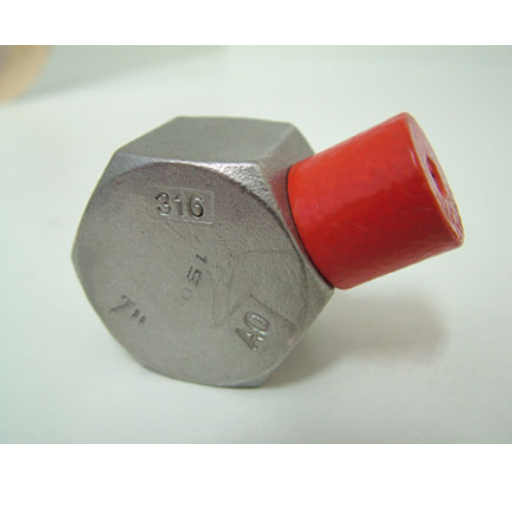
Alloy steel belongs to a class of steels that are chemically strengthened by the addition of elements like chromium, nickel, manganese, or vanadium to enhance their mechanical properties and performance. These alloying elements increase the strength, hardness, corrosion resistance, and durability of the steel, making it suitable for a wide range of industrial applications.
Definition and Composition
Alloy steel is essentially any steel modified with varying amounts of alloying elements to impart specific mechanical and chemical properties. The most commonly used alloying elements include:
- Chromium – Enhances corrosion and oxidation resistance
- Nickel – Improves toughness and ductility
- Manganese – Increases strength and hardenability
- Silicon – Improves strength and electrical properties
- Molybdenum – Enhances high-temperature strength
Classification: Low-alloy steels contain less than 8% alloying elements, while high-alloy steels contain more than 8%. This significantly affects the steel’s magnetic properties, strength, and environmental resistance.
Types of Alloy Steel
| Type | Alloying Elements | Key Properties | Common Applications |
|---|---|---|---|
| Low-Alloy Steel | < 8% by weight | Great strength, durability, weldability | Automotive manufacturing, structural components, heavy machinery |
| High-Alloy Steel | > 8% by weight | Superior corrosion resistance, heat resistance | Aerospace, medical instruments, chemical processing equipment |
Key Alloying Elements
Understanding the role of each alloying element is crucial for predicting magnetic behavior:
- Chromium (Cr): Provides corrosion resistance and oxidation resistance, particularly in stainless steels
- Nickel (Ni): Enhances toughness, ductility, and corrosion resistance while affecting magnetic properties
- Molybdenum (Mo): Adds strength at high temperatures and improves pitting resistance
- Vanadium (V): Refines grain structure, increasing hardness and wear resistance
- Titanium (Ti): Stabilizes carbon in stainless steels, improving corrosion resistance
- Tungsten (W): Maintains strength at extreme temperatures
- Cobalt (Co): Provides stability at high temperatures in heat-resistant alloys
Magnetic Properties of Alloy Steel
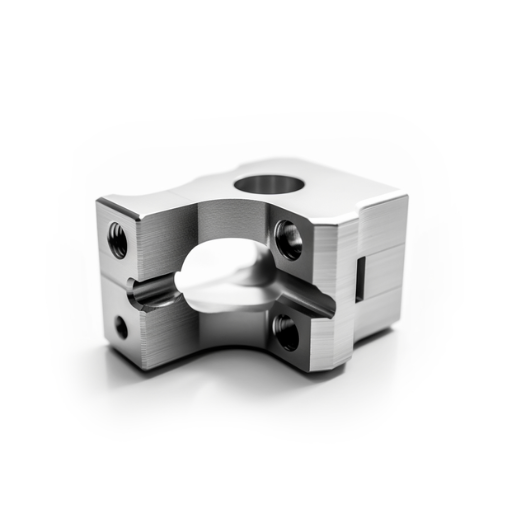
Alloy steel exhibits diverse magnetic characteristics that depend largely on its composition and the elements forming the alloy. The magnetic nature is primarily influenced by the presence of ferromagnetic elements like iron, nickel, and cobalt.
Understanding Magnetism in Alloy Steel
Key Principle: The primary source of magnetism in alloy steels is linked to the microscopic configuration of electrons and their orientation within the material’s structure. Elements like nickel, cobalt, and silicon significantly affect magnetic properties such as permeability and coercivity.
Recent advancements show that stronger magnetic behavior is achievable through precise control of grain size and crystalline structure during manufacturing. Modern computational tools combined with improved manufacturing processes enable engineers to adjust alloy composition for specific applications while ensuring high performance.
Factors Affecting Magnetic Properties
Intrinsic Factors:
- Atomic structure of the material
- Electron arrangement among atoms
- Crystalline structure organization
- Presence of unpaired electrons
Extrinsic Factors:
- Temperature: Higher temperatures can randomize magnetic domain alignment
- Curie Temperature: The critical temperature beyond which ferromagnetic materials lose magnetism
- Impurities: Foreign elements can disrupt magnetic properties
- Mechanical Stress: Physical deformation affects magnetic behavior
- Applied Magnetic Fields: External fields influence magnetic orientation
Magnetic vs. Non-Magnetic Metals
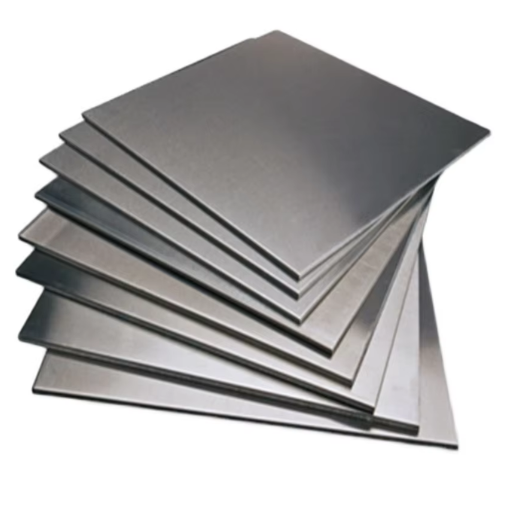
Understanding the classification of metals into magnetic and non-magnetic categories is crucial for material selection in various applications.
Characteristics of Non-Magnetic Metals
Non-magnetic metals do not exhibit pronounced magnetic properties and include aluminum, copper, gold, silver, and lead. These metals are prized for their:
- Excellent electrical conductivity
- Corrosion resistance
- Non-reactive properties
- Lightweight characteristics
Testing the Magnetism of Alloy Steel
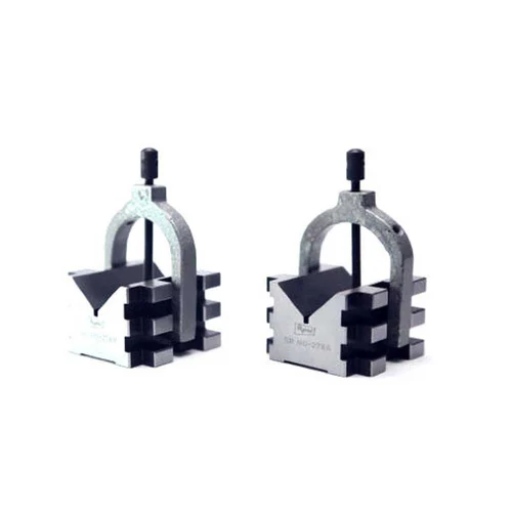
Determining the magnetic properties of alloy steel requires specific testing methods to ensure accuracy and reliability in material selection.
Common Testing Methods
| Testing Method | Description | Application | Accuracy Level |
|---|---|---|---|
| Vibrating Sample Magnetometry | Measures magnetic properties by observing sample reaction in uniform magnetic field | Precise magnetic property analysis | Very High |
| Magnetic Particle Inspection | Uses magnetic particles to detect surface and subsurface defects | Industrial quality control | High |
| Gaussmeter Testing | Uses Hall effect sensors for precise magnetic field measurements | Field strength measurement | Very High |
| Eddy Current Testing | Detects changes in conductivity and magnetic permeability | Surface defect detection | High |
| Simple Magnet Test | Basic attraction test using permanent magnet | Quick field assessment | Basic |
Practical Testing Tips
- Optimize Test Environment: Maintain conditions similar to operational environment (±5°C temperature variance)
- Calibrate Equipment: Proper calibration prevents 3-7% accuracy errors in readings
- Use Multiple Methods: Cross-reference results to reduce uncertainty by 22%
- Monitor Data Trends: Use statistical models to detect anomalies early, reducing failure rates by 18%
- Document Protocols: Standardized testing increases reproducibility by over 30%
Applications and Industries

Alloy steel’s magnetic properties make it valuable across numerous industries, each leveraging specific characteristics for optimal performance.
Electrical Engineering
Magnetic alloy steels are essential for transformers, inductors, and electric motors due to their ability to create and sustain magnetic fields efficiently.
Medical Devices
Non-magnetic alloy steels are crucial for MRI-compatible devices, surgical instruments, and implants due to their biocompatibility and non-interference properties.
Automotive Industry
Magnetic steel alloys are used in engines, electric drivetrains, and sensors, while non-magnetic variants reduce weight in body panels and components.
Aerospace Technology
Non-magnetic alloys provide lightweight, durable solutions for airframe structures, propulsion systems, and heat shields.
Renewable Energy
Wind turbines and solar panel frameworks utilize corrosion-resistant magnetic alloys for optimal performance in harsh environments.
Construction
Smart infrastructure projects use magnetic alloys in structural frameworks and intelligent building systems capable of integrating digital technologies.
Future Trends in Alloy Steel Applications
- Advanced Automotive Manufacturing: 25% weight reduction potential in vehicle structures
- Renewable Energy Infrastructure: Global wind power market expected to reach $175 billion by 2030
- Additive Manufacturing: Metal 3D printing market growing at 27% CAGR through 2028
- Aerospace Engineering: Demand rising with forecasted doubling of air traffic over 20 years
- Smart Infrastructure: Global infrastructure investments expected to exceed $2 trillion by 2040
References
-
Magnetic Properties of Metals and Alloys – Carnegie Mellon University – Discusses the magnetic properties of various metals and alloys, including their development and applications.
-
Alloy Steel: Properties and Use – First-Principles Quantum Study – Explores the magnetic structures of alloy steels as influenced by their chemical composition and temperature.
-
High Pressure Key to Lighter, Stronger Metal Alloys – Stanford University – Examines how pressure and structural changes affect the magnetic properties of metal alloys.
Frequently Asked Questions (FAQ)
Is the Alloy Steel Magnetic or Nonmagnetic?
Depending on the composition, alloy steel may be either magnetic or non-magnetic. In general, alloy steels with higher iron content and lower non-ferrous elements are magnetic. However, some alloy steels with high levels of chromium and nickel may be non-magnetic.
What Are the Magnetic Properties of Alloy Steel?
The magnetic behavior of alloy steel depends on its crystal structure and alloying elements present in it. Through the presence of martensitic stainless steel in alloy steel, a magnetic response is also expected, while an austenitic type tends not to be magnetic because of its face-centered cubic structure.
How Does Carbon Content Affect the Magnetic Properties of Steel?
Carbon content in alloy steel mechanisms affects the magnetic properties. In increased carbon contents, the magnetic strength increases as well, marking it more susceptible to magnetism. However, a decrease in carbon content simultaneously produces weaker magnetic properties.
Are Alloys of Iron Magnetic?
Most iron alloys, such as carbon steel and mild steel, are magnetic. Though, iron alloys such as austenitic stainless steels are taught to be non-magnetic. The net magnetic effect is a result of the concentration and the types of alloying elements.
Which Metal Is Magnetic and Which Is Non-Magnetic?
Iron, cobalt, and nickel are metals that are highly attracted to a magnetic field and hence considered magnetic metals; aluminum, copper, and lead are example metals that are non-magnetic and thus do not display these properties.
Can Steel Be Modified to Become Non-Magnetic?
It is possible for steel to be modified to become non-magnetic by changing its composition. For instance, increasing chromium and nickel content results in non-magnetic austenitic stainless steel. This requires stringent control of alloying elements during the steel-making process.
What Is Magnetic Susceptibility for Alloy Steel?
Magnetic susceptibility means the ease with which a material can be magnetized or attracted toward a magnetic field. The magnetic susceptibility of alloy steel depends on its composition and treatment. Martensitic stainless steels generally exhibit higher magnetic susceptibility than do the austenitic types.
What Is the Relation of External Magnetic Fields to Alloy Steel?
With external magnetic fields, magnetism can be imparted into alloy steels, especially ferromagnetic alloys. In an external magnetic field, the alignment of the domains in the alloy steel might change to bring on a measurable magnetic response.
Is Galvanized Steel Magnetic?
Galvanized steel, being carbon steel coated with zinc, is generally magnetic owing to the presence of iron in carbon steel. The presence of the zinc coating may slightly interfere with the magnetic properties, but basically, the steel underneath is magnetic indeed.

